|
A comet was found by Discovered by Carl W. Hergenrother on CCD images obtained with a 0.41-m f/3 Schmidt telescope by Timothy B. Spahr on Nov. 22 in the course of the Catalina Sky Survey; the comet was described as having a moderately strong condensation with broad tail 30"-60" long in p.a. 80 deg. It was designated comet C/1998 W2 (Hergenrother) when announced by the Central Bureau for Astronomical Telegrams on IAUC 7057). Additional observations showed that the comet is of short period, and it was recovered at its next return to perihelion by David Herald (at Kambah, near Canberra, Australian Capital Territory), on CCD images obtained with a 0.36-m f/3.9 Schmidt-Cassegrain reflector on 2005 July 4 and 5 (when it was designated comet P/2005 N2 on IAUC 8560, and then given the permanent number 168P; Herald found the comet at a position that was off from the 1998 prediction by +0.27 day in the time of perihelion). Herald noted that his stacking of fifteen 5-min frames showed a tail of length approximately 20" in p.a. 270 deg. 分裂を始めました。 November 02, 2012 The Hergenrother comet is currently traversing the inner-solar system. Amateur and professional astronomers alike have been following the icy-dirt ball over the past several weeks as it has been generating a series of impressive outbursts of cometary-dust material. Now comes word that the comet's nucleus has taken the next step in its relationship with Mother Nature. "Comet Hergenrother is splitting apart," said Rachel Stevenson, a post-doctoral fellow working at NASA's Jet Propulsion Laboratory in Pasadena, Calif. "Using the Gemini North Telescope on top of Mauna Kea, Hawaii, we have resolved that the nucleus of the comet has separated into at least four distinct pieces resulting in a large increase in dust material in its coma." With more material to reflect the sun's rays, the comet's coma has brightened considerably. "The comet fragments are considerably fainter than the nucleus," said James Bauer, the deputy principal investigator for NASA's NEOWISE mission, from the California Institute of Technology. "This is suggestive of chunks of material being ejected from the surface." The comet's fragmentation event was initially detected on Oct. 26 by a team of astronomers from the Remanzacco Observatory, using the Faulkes Telescope North in Haleakala, Hawaii. The initial fragment was also imaged by the WIYN telescope group at Kitt Peak National Observatory in Arizona. For those interested in viewing Hergenrother, with a larger-sized telescope and a dark sky, the comet can be seen in between the constellations of Andromeda and Lacerta. The orbit of comet 168P/Hergenrother is well understood. Neither the comet, nor any of its fragments, are a threat to Earth. DC Agle 818-393-9011 Jet Propulsion Laboratory, Pasadena, Calif. agle@jpl.nasa.gov 2012-349 |
2012年11月03日
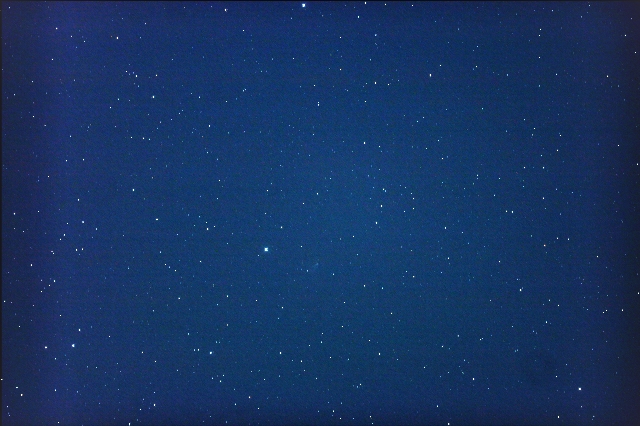
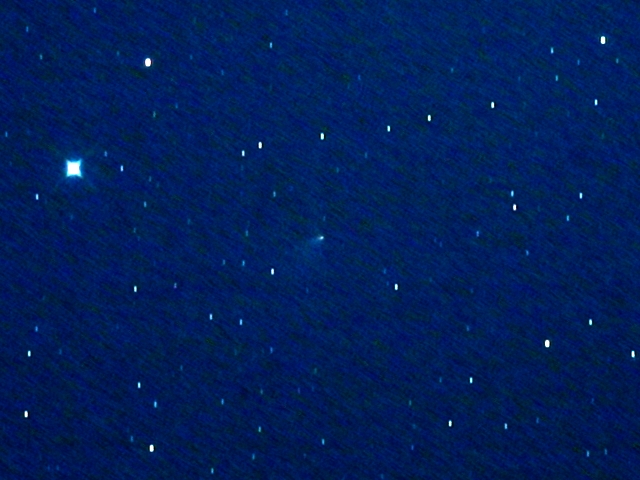
168P/ <ハーゲンローザー>
2012/11/03T19:09:59から19:20:30まで
ε160/530 + LPS-P2 + 300D / EM200Temma2 / 60秒×20枚を合成
StellaImage4でレベル補正とリサイズ
ペガスス座を北上中で、夕刻、天頂近くに見えます
2012年11月06日
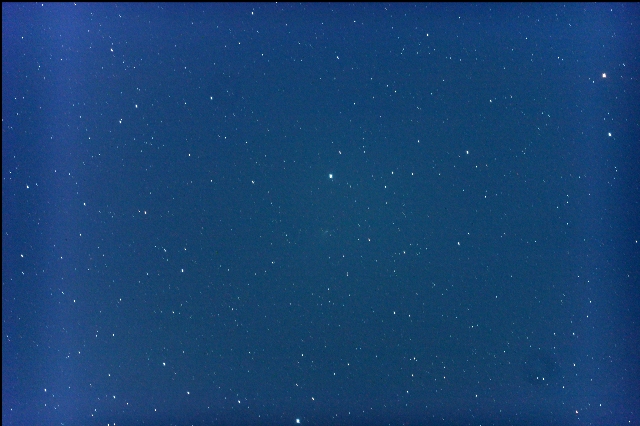
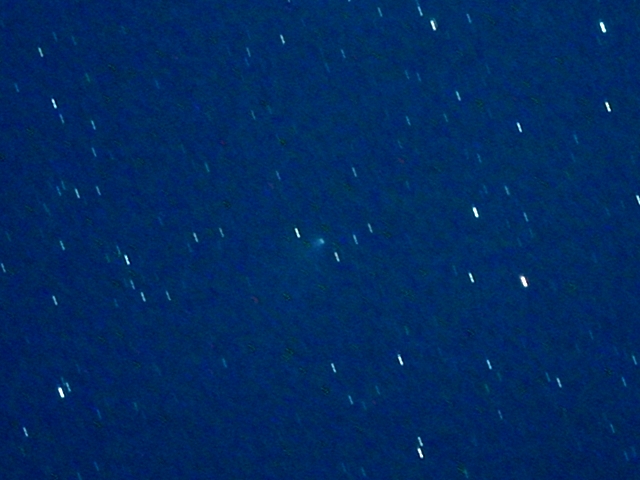
168P/ <ハーゲンローザー>
2012/11/06T20:07:03から20:29:13まで
ε160/530 + LPS-P2 + 300D / EM200Temma2 / 60秒×20枚を合成
StellaImage4でレベル補正とリサイズ
2012年11月08日

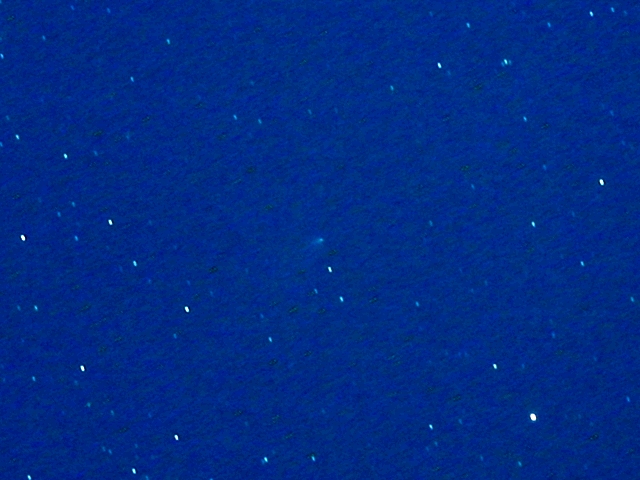
168P/ <ハーゲンローザー>
2012/11/08T18:06:00から18:28:11まで
ε160/530 + LPS-P2 + 300D / EM200Temma2 / 60秒×20枚を合成
StellaImage4でレベル補正とリサイズ
2012年11月09日
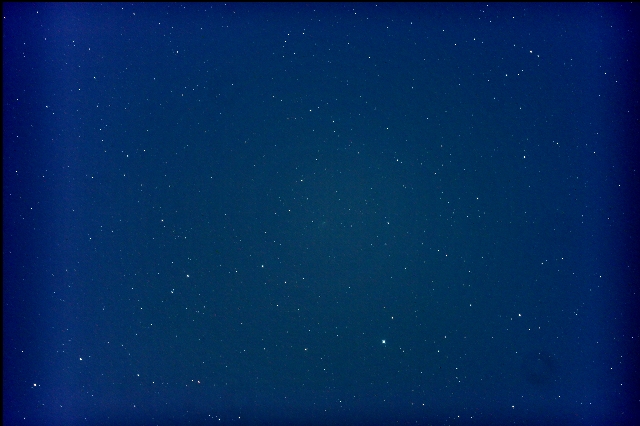

168P/ <ハーゲンローザー>
2012/11/09T19:05:52から19:28:01まで
ε160/530 + LPS-P2 + 300D / EM200Temma2 / 60秒×20枚を合成
彗星左(東)の輝星のすぐ上の恒星は13.33等。
StellaImage4でレベル補正とリサイズ
2012年11月10日
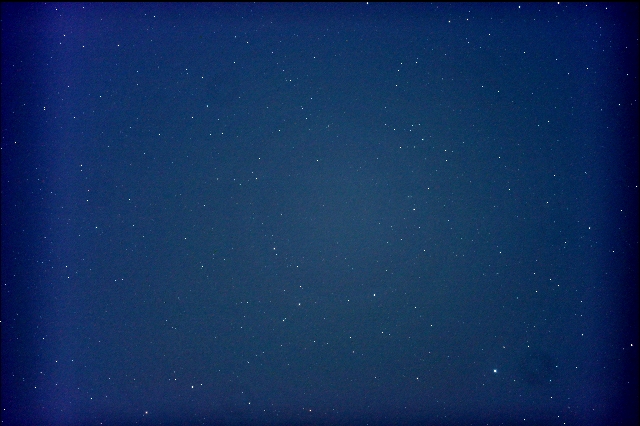
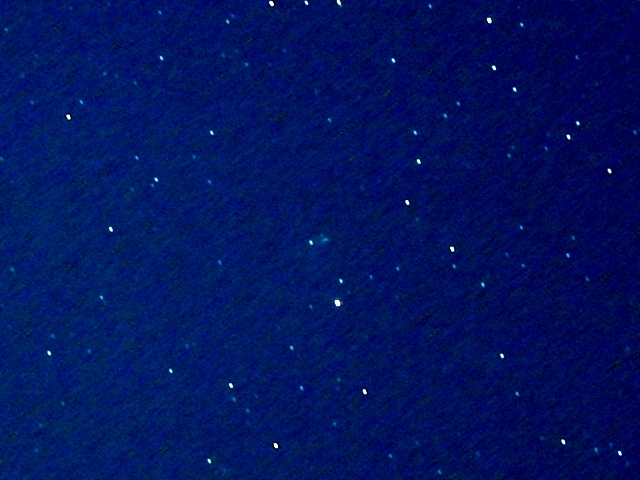
168P/ <ハーゲンローザー>
2012/11/10T19:27:01から19:45:40まで
ε160/530 + LPS-P2 + 300D / EM200Temma2 / 60秒×17枚を合成
StellaImage4でレベル補正とリサイズ
薄雲を通して撮影。同期ずれ。
彗星に接する左上の恒星は14.25等。 彗星すぐ左(東)の輝星は12.24等。下の最輝星は9.46等。
2012年11月12日
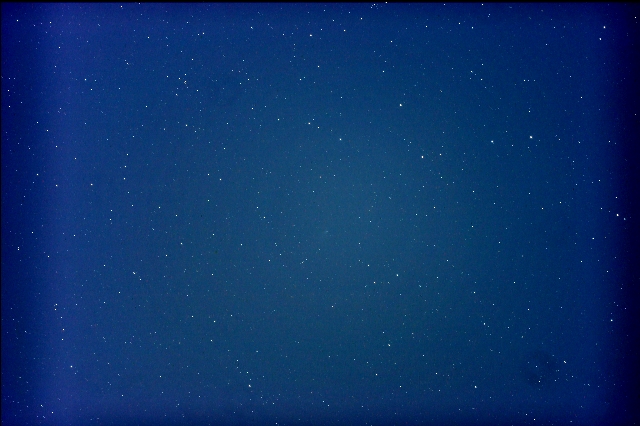

168P/ <ハーゲンローザー>
2012/11/12T18:39:00から19:01:10まで
ε160/530 + LPS-P2 + 300D / EM200Temma2 / 60秒×20枚を合成
StellaImage4でレベル補正とリサイズ
彗星すぐ左上(北東)の恒星は14.34等。 彗星すぐ右下(南西)の恒星は14.11等。
2012年11月15日
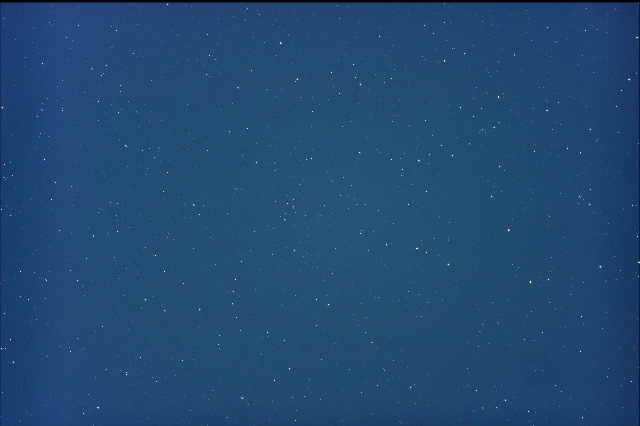
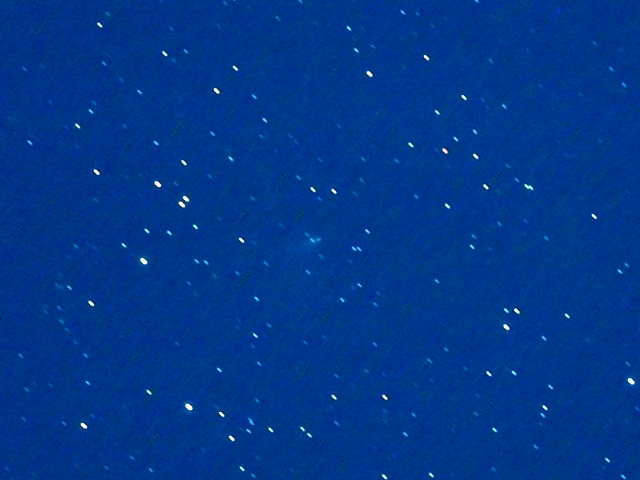
168P/ <ハーゲンローザー>
2012/11/15T19:37:00から19:59:11まで
ε160/530 + LPS-P2 + 300D / EM200Temma2 / 60秒×20枚を合成
StellaImage4でレベル補正とリサイズ
2012年11月16日


168P/ <ハーゲンローザー>
2012/11/16T19:18:01から19:41:01まで
ε160/530 + LPS-P2 + 300D / EM200Temma2 / 60秒×20枚を合成
StellaImage4でレベル補正とリサイズ
彗星すぐ左上(北東)の恒星は12.32等。
彗星すぐ下やや左(南東)の恒星は14.09等。
2012年11月18日
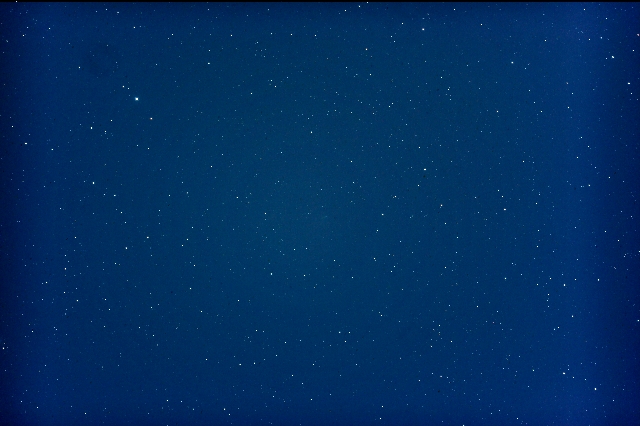

168P/ <ハーゲンローザー>
2012/11/18T20:39:02から20:56:32まで
ε160/530 + LPS-P2 + 300D / EM200Temma2 / 60秒×16枚を合成
StellaImage4でレベル補正とリサイズ
彗星左(東)の恒星は14.35等。右端の輝星は10.16等。